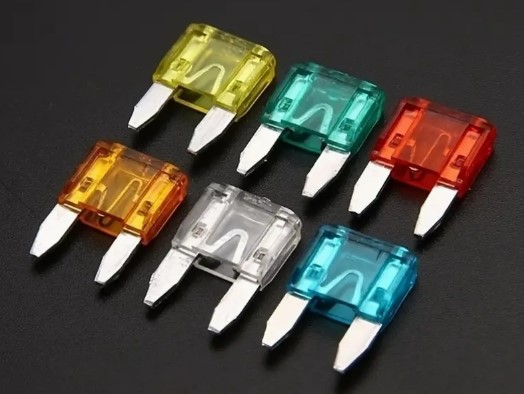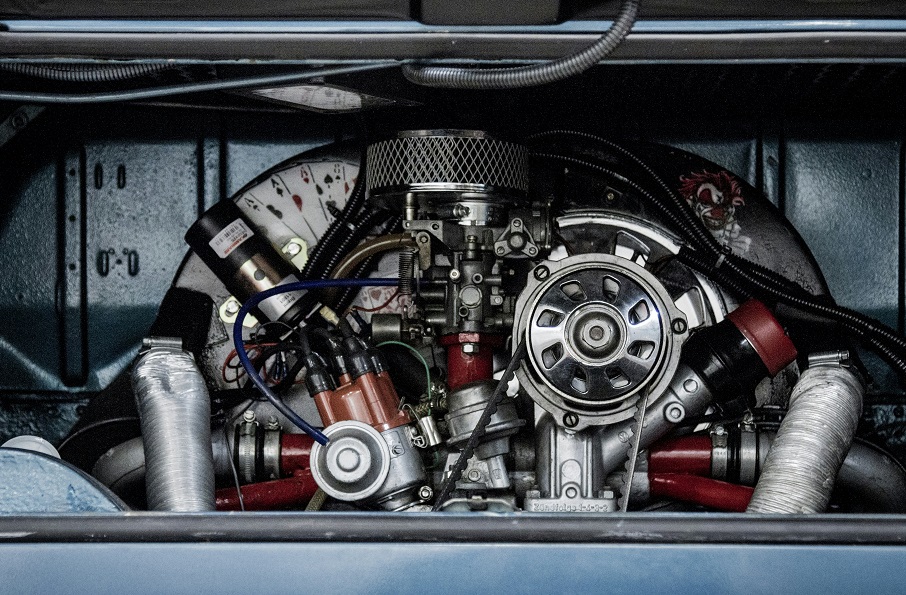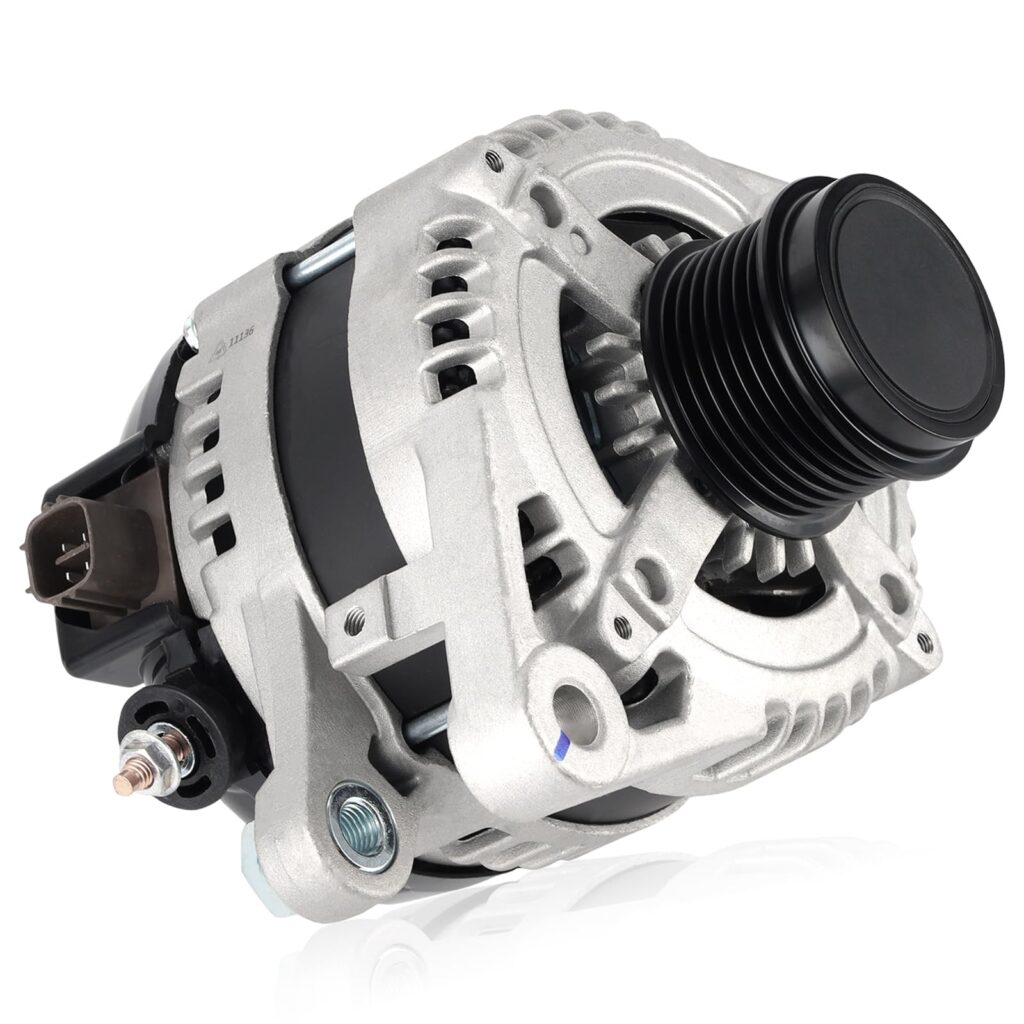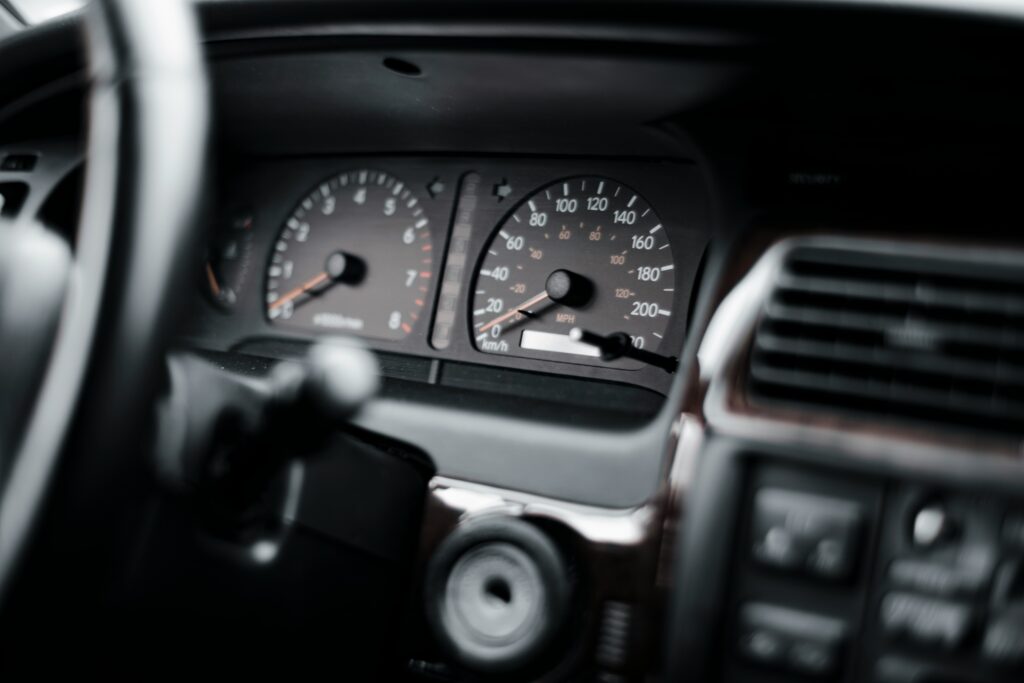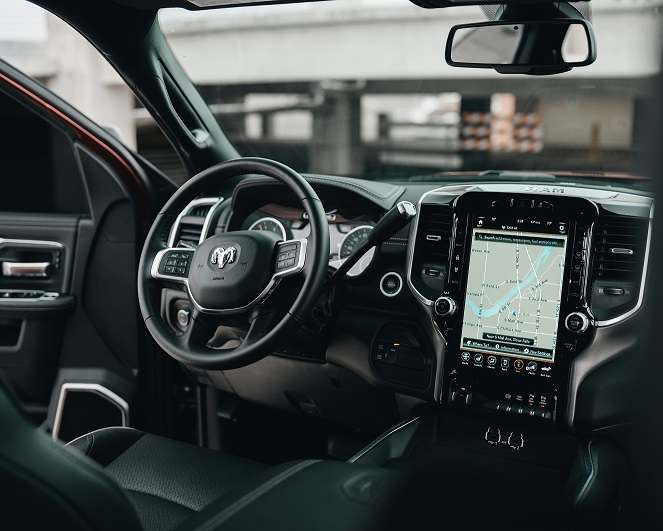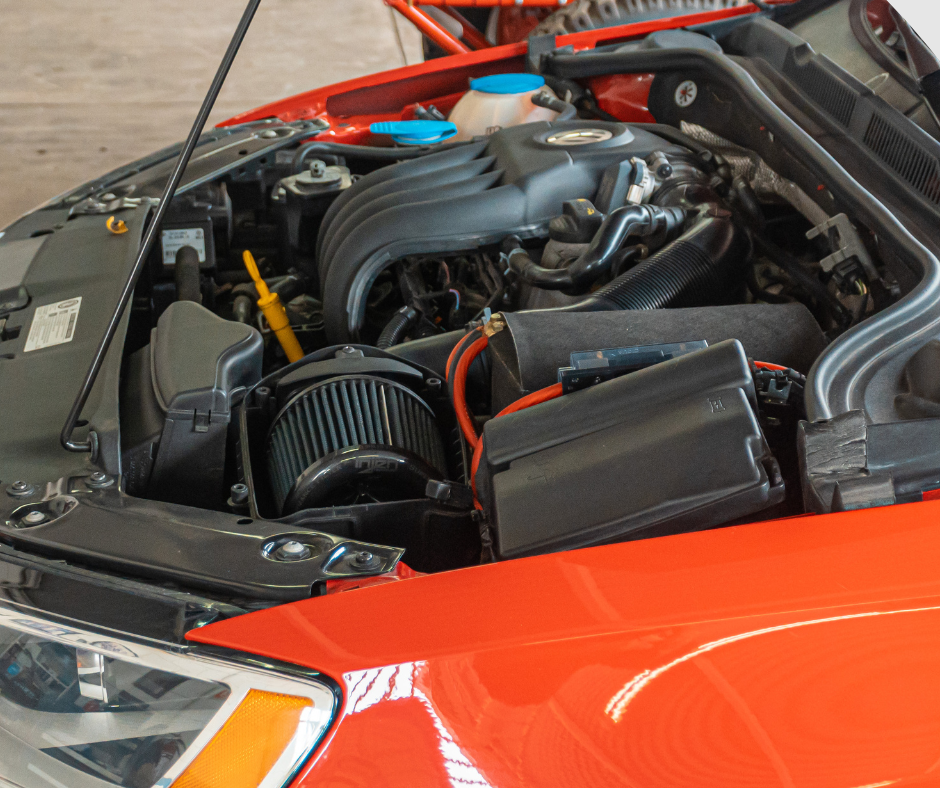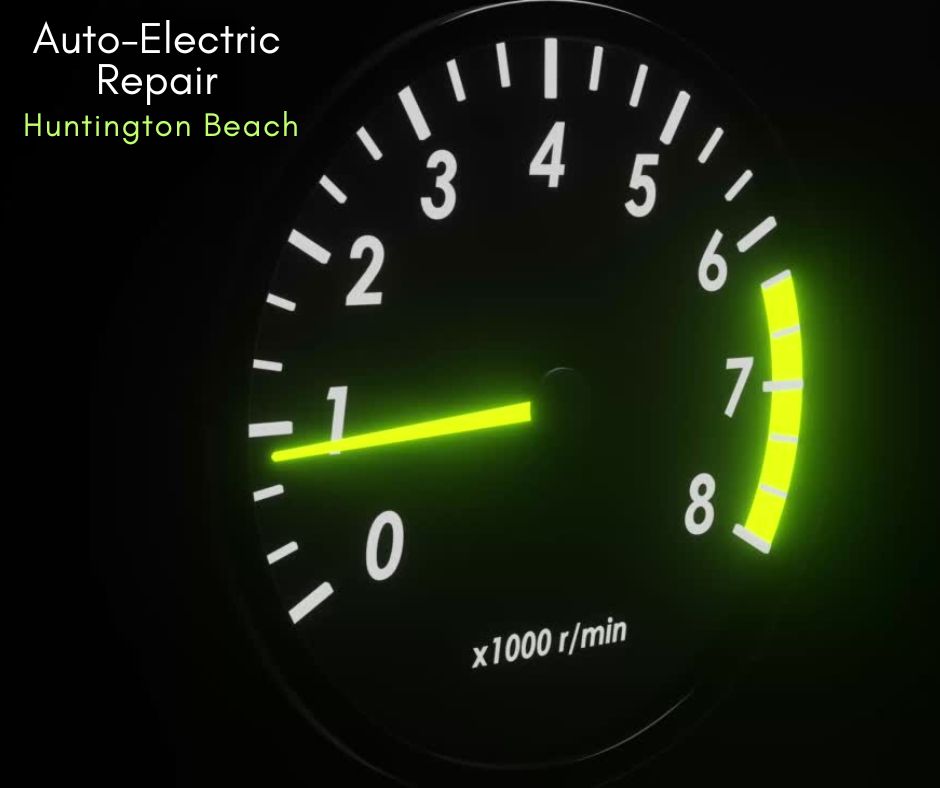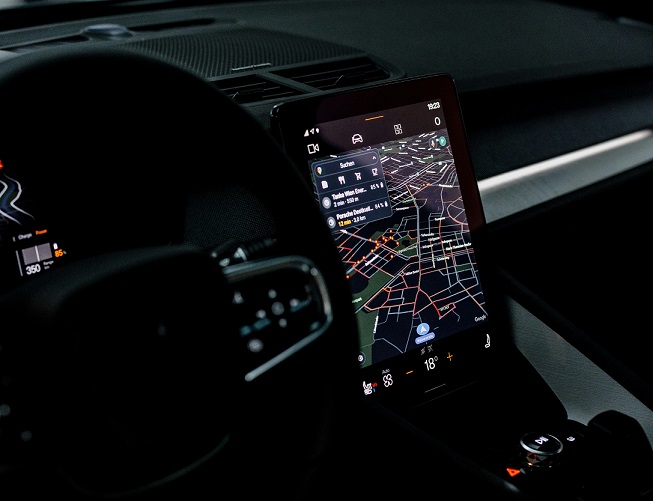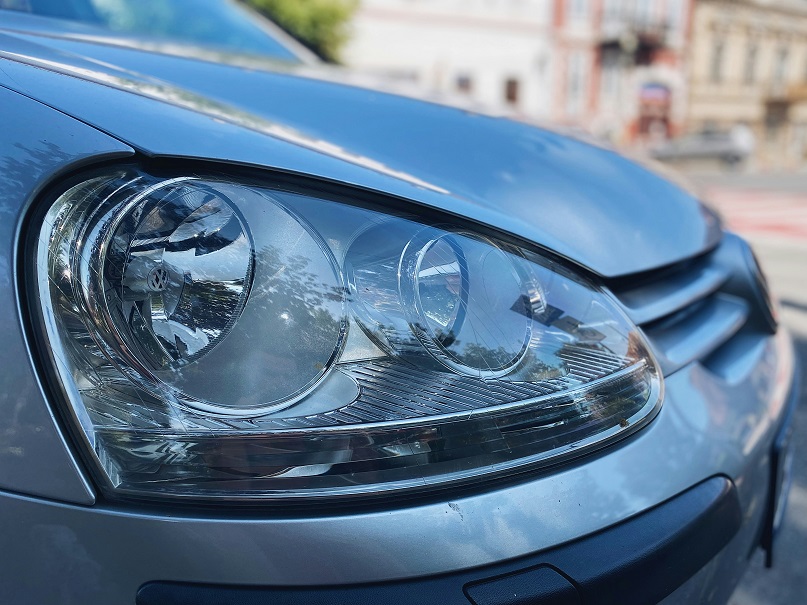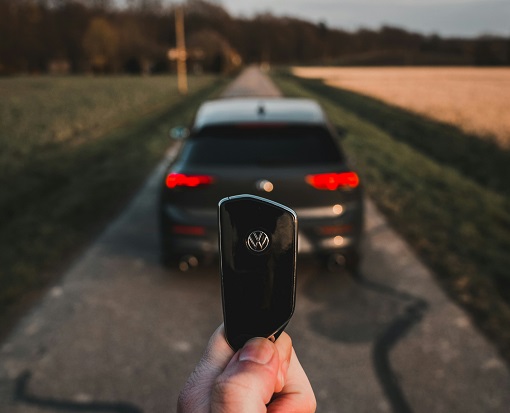Auto Electrical Repairs
Faulty starter
SHARE
Your car’s starter is a crucial component that helps get your engine running. When the starter fails, it can leave you stranded and unable to start your vehicle. Knowing how to identify a faulty starter and the steps to fix it can save you time, money, and the hassle of being stuck on the side of the road.
Symptoms of a Faulty Starter
There are several common signs that indicate your starter may be failing:
1. Clicking Noise When Turning the Key
One of the most obvious signs of a bad starter is a clicking noise when you turn the ignition key. This typically means the starter is trying to engage but doesn’t have enough power to fully turn over the engine. The clicking sound is the starter’s solenoid attempting to activate the starter motor.
2. Intermittent Starting
If your car starts sometimes but not others, it could be an indication of an issue with the starter. As starters age, the internal components can wear out, causing inconsistent performance. You may need to jiggle the key or tap the starter with a tool to get it to engage on some occasions.
3. Grinding or Whirring Noises
When you turn the key, you may hear a grinding or whirring noise coming from the starter area. This suggests the starter is failing to properly mesh with the flywheel, which is necessary to turn over the engine.
4. Smoke or Burning Smell
If you notice smoke or a burning smell when attempting to start your car, it could mean the starter is overheating or failing internally. This is a serious issue that requires immediate attention.
5. Starter Doesn’t Engage at All
In some cases, a bad starter won’t engage at all when you turn the key. You may just hear nothing or a click, but the engine won’t crank over. This is a clear sign the starter needs to be replaced.
Diagnosing a Faulty Starter
If you suspect you have a bad starter, there are a few steps you can take to diagnose the issue:
1. Check the Battery
Before assuming the starter is the problem, make sure your battery is in good condition and properly charged. Use a voltmeter to test the battery – it should read around 12.6 volts with the engine off. If the battery is dead or dying, that could be the reason your car won’t start, not the starter.
2. Listen for the Starter Relay
When you turn the key, you should hear a clicking or buzzing sound coming from the starter relay, which is usually located near the battery. If you don’t hear this, it could indicate an issue with the relay or wiring.
3. Tap the Starter
Lightly tapping the starter with a tool while someone else turns the key can sometimes get a faulty starter to engage temporarily. If this works, it confirms the starter is the problem.
4. Use a Multimeter
With the key in the “start” position, use a multimeter to test for voltage at the starter. You should see around 12 volts. If there’s no voltage, the issue may be with the ignition switch, wiring, or another component.
Replacing a Faulty Starter
If you’ve determined the starter is the culprit, it’s time to replace it. Here’s how to do it:
1. Disconnect the Battery
For safety, always disconnect the negative battery cable before working on the starter.
2. Access the Starter
Locate the starter, which is usually accessible from the top or bottom of the engine. You may need to remove other components, like the air intake or battery, to gain access.
3. Disconnect the Wiring
Unplug the electrical connector and remove any mounting bolts or nuts holding the starter in place.
4. Remove and Replace the Starter
Lift out the old starter and install the new one, making sure it’s properly aligned and secured. Reconnect the electrical connector and any other components you had to remove.
5. Reconnect the Battery
Reattach the negative battery cable and test the new starter by turning the key.
With the right diagnosis and repair, you can get your car back on the road in no time. Addressing a faulty starter quickly is important to avoid being stranded and prevent further damage to your vehicle’s electrical system.
